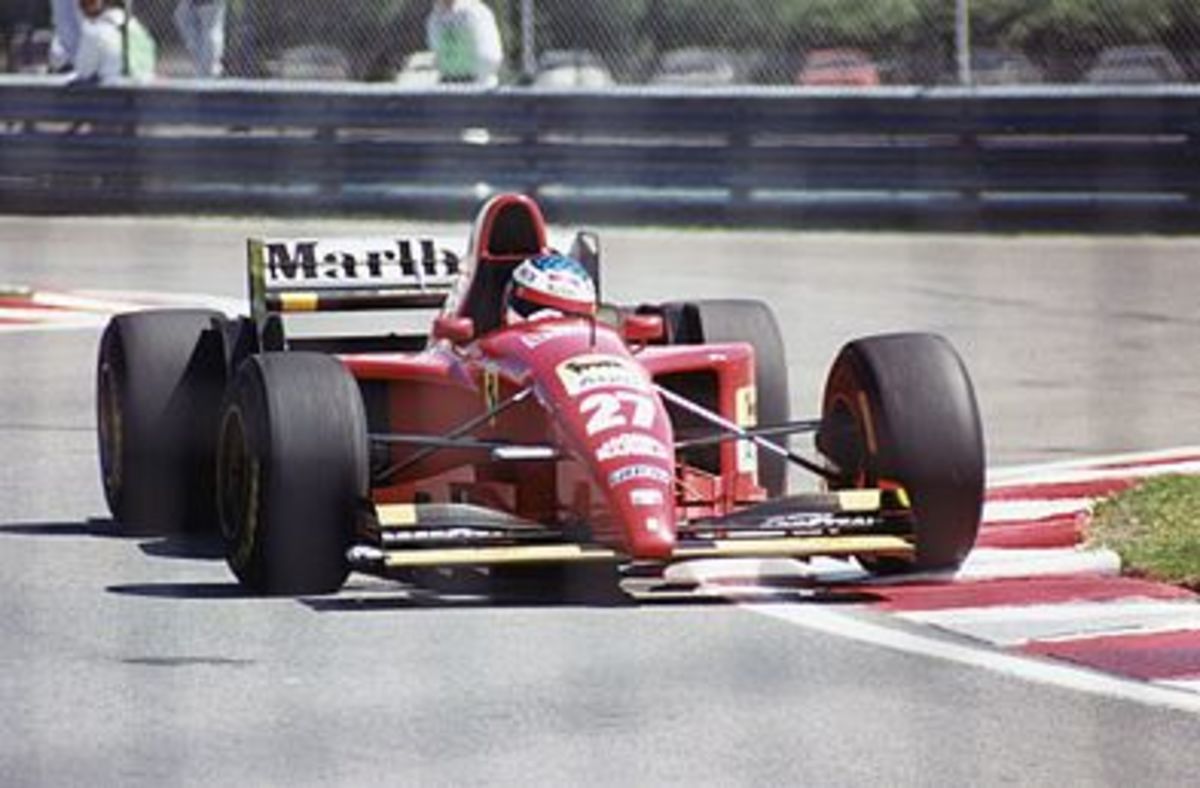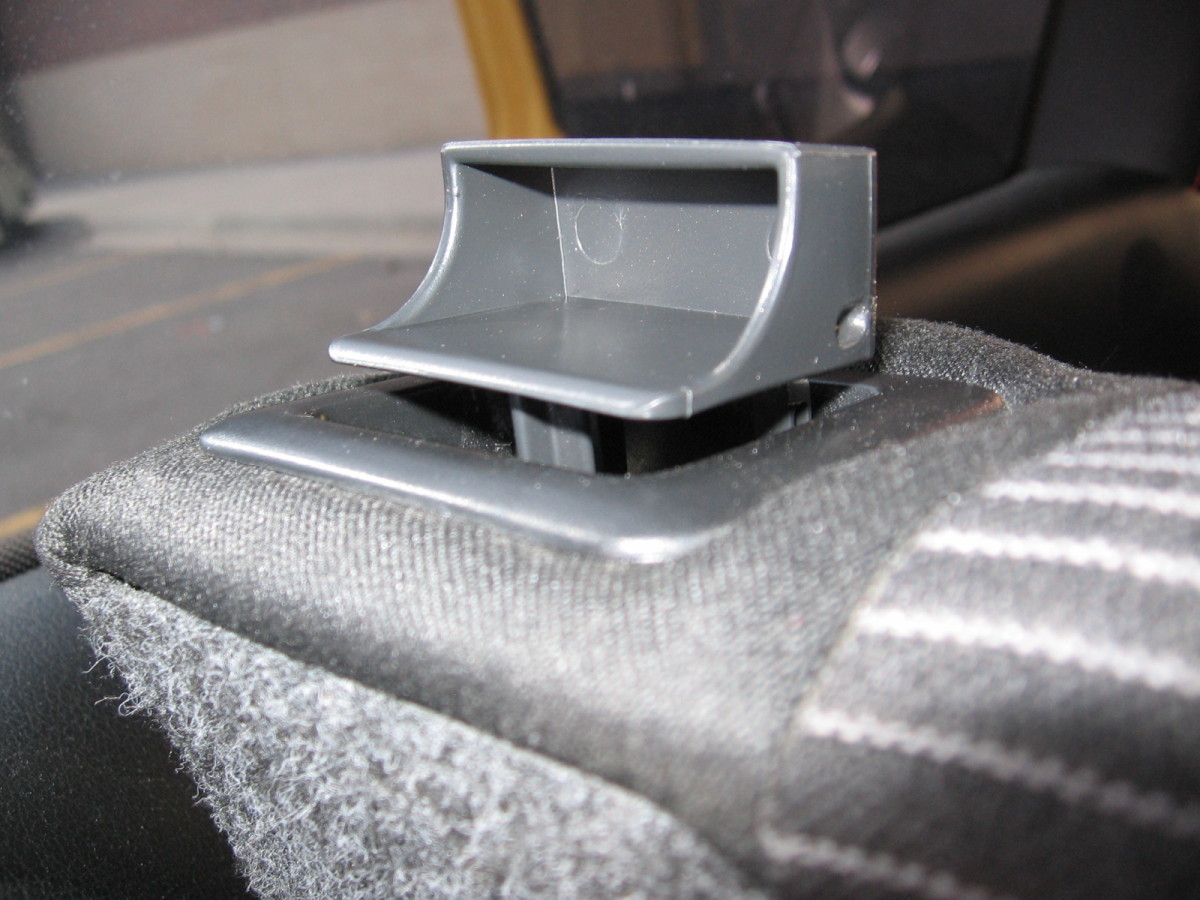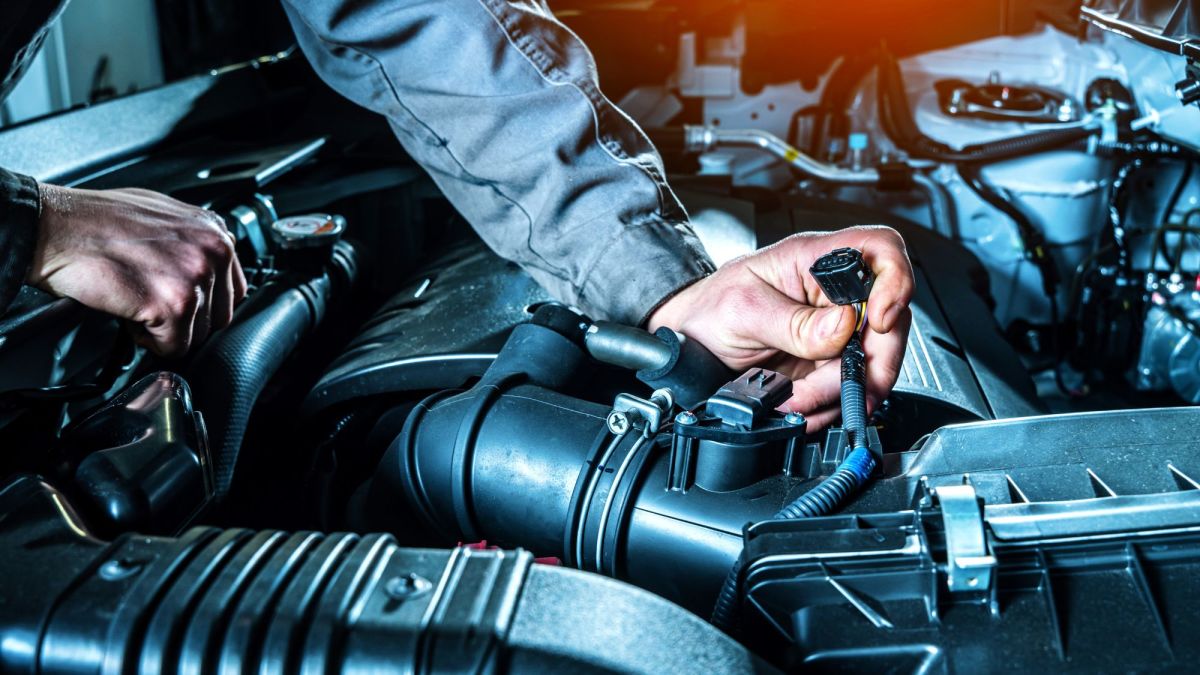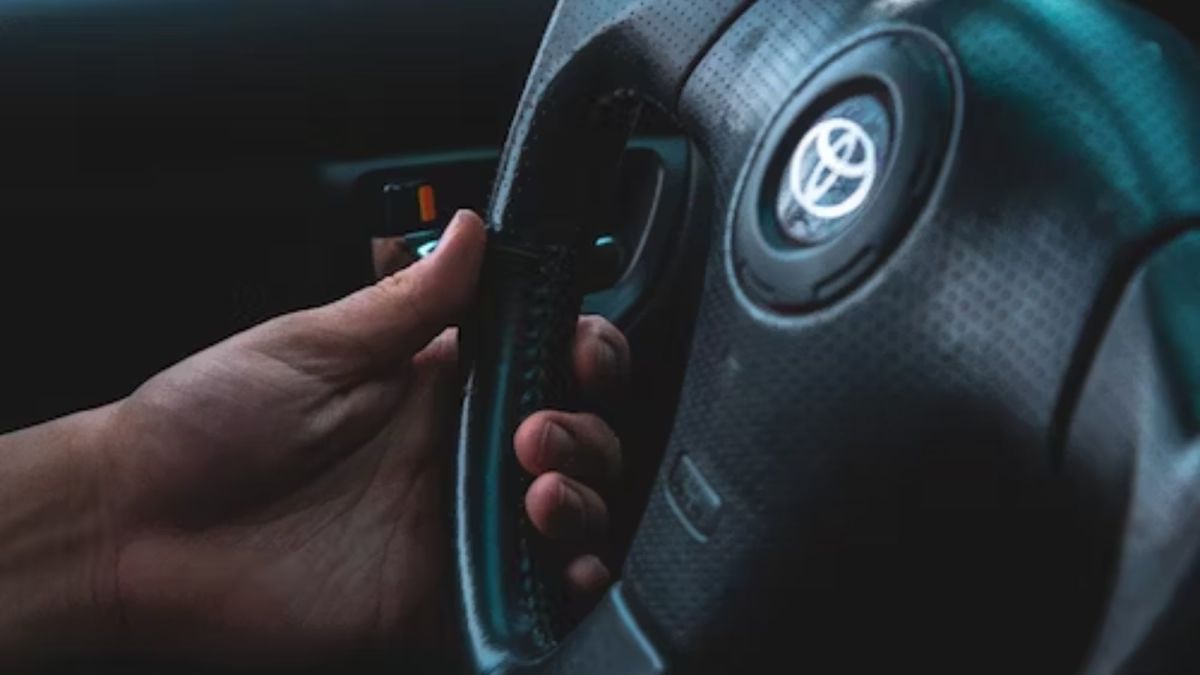A basic guide to things work - Tyres (Tires)
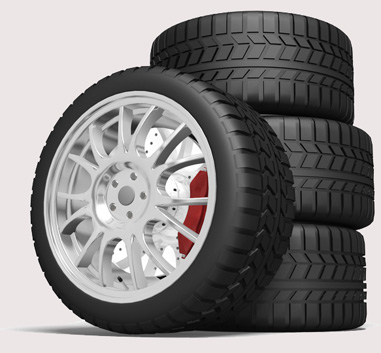
Nearly every car, bicycle and motorcycle ever made has Tyres. They are a legal requirement for all cars, old or new. Made from vulcanized rubber they provide the car with grip, as well as horizontal and lateral stability to keep the car safe. They also absorb impacts from the road, and keep the wheel in close contact with the road.
Without tyres, cars just would not be safe, or be able to properly put the required power down to even move. The tyre is wraps around the car's rims and can come in all different sizes.
The very first rubber tyres came about in 1887, after John Boyd Dunlop created them for bicycles so his son would no longer suffer headaches when riding them.
Since then there have been many advancements, from integrating steel belts in the tyre, adding tread, to adding then removing a tube of air.
How do they work?
There are many aspects to a tyre, all of which work in conjunction to make tyres work effectively and safely.
The three main aspects are impact absorbency, tread, and lateral and vertical stability.
Impact Absorbency
A tyre not only should improve grip, and handling of a car it should be able to absorb impacts from the road for added comfort to the vehicles user. The material used, vulcanized rubber, is able to be deformed and then return to its original shape almost instantly.
When tyres were first introduced they were made from iron, and once deformed were found to be unusable. As a result the aspect of Impact Absorbency is vital for the life of the tyre, the life of the vehicle, comfort and safety for the passengers both inside and outside the vehicle.
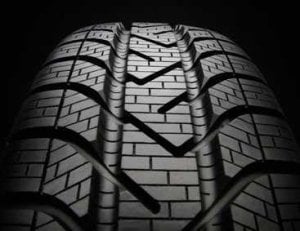
Tread
The surface of a tyre is covered in a pattern. This is known as tread. Naturally though the rubber material tyres are made from provides a lot of grip, and as a result the tyres pattern removes a certain amount of contact surface to the road, theoretically lowering the amount of grip. However a car's tread is vital for grip, but why?
To understand how a tyre's tread works, you first must be able to understand the concept of displacement. Displacement can be best explained with a little example. Fill a container half full of water, then add a solid object to the water. The water will rise to make up for the object's volume being added. This is displacement.
On the road this works in a similar way. As a car rolls over a surface it is not directly contacting it, there is a very, very small sheet of material between the tarmac and the tyre, in most cases this is water.
Now without tread this water won't actually move. The tyre will rest on top of the water, as there is no place for it to go. As a direct result grip is significantly lowered and in most cases causes the car to aquaplane and crash. However, when the tread is present the water is displaced into the tyres groves. This allows the rubber to make more contact with the ground and thus improving grip.
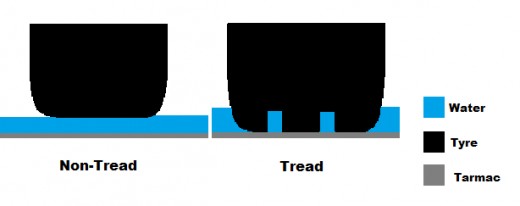
Vertical and Lateral Stability
As well as providing grip and impact absorbency, the tire also must also provide vertical and lateral stability to the vehicle. Without this the tyre will wear more quickly and create excessive drag.
This is achieved in two ways; from being airtight, and from having built in steel-belts, much like a cage.
The air pressure inside the tyre creates both a cushioned bed to ride upon, and a firm resilient basis to achieve the perfect balance of grip and durability.
Over inflating the tyre means the center of the tyre will be worn more quickly than the outside, as, the tyre would be deformed. Under-inflation means more drag is produced due to the friction, meaning the vehicle requires more power to move.


